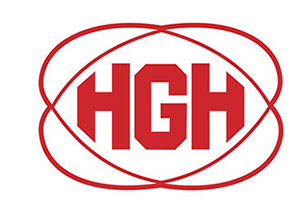
Protecting our Oil and Gas Rigs
 The Permian Basin of West Texas is experiencing an oil boom, and drillers are attributing this to the rise in dense oil shales found in the area.
The Permian Basin of West Texas is experiencing an oil boom, and drillers are attributing this to the rise in dense oil shales found in the area.
With similar booms under way in South Texas, North Dakota and Montana, we could see oil imports declining over the next several years. Production also is climbing rapidly in western Alberta Canada, which is now the largest source of U.S. oil imports.
“I could paint a scenario for you where we are producing 3 million more barrels per day by 2016, which would almost get us to the point where we could eliminate 60 to 70 percent of our OPEC imports,” said Texas Railroad Commissioner Barry Smithermand.
With a greater control over our own future energy supply, domestic security becomes a major concern. Oil and gas rigs become an ideal target and present obvious challenges to security managers, who are faced with a wide open perimeter to monitor 24/7, at times in harsh climatic conditions.
On land or at sea, the Spynel thermal camera, by HGH Infrared Systems, acts as a high-resolution, “optical radar” with automatic and real-time detection of simultaneous and unlimited targets within the 360 degree panoramic image. Spynel detects a person at up to 6 km distance, even in total darkness. This cost-effective, stand-alone system can secure the entire platform perimeter from threats in every direction, while requiring minimum maintenance.
HGH Infrared Systems recently won a contract with one of the world’s largest oil and gas groups to secure one of their drilling sites in a terrorism-prone country in Africa.